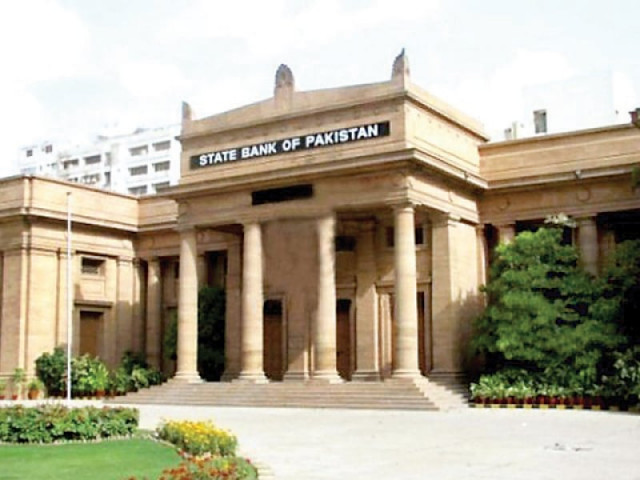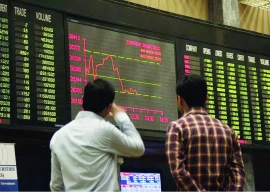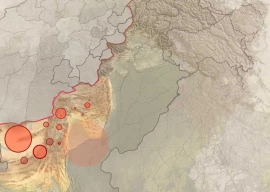
With a cumulative hike of 100 basis points in the monetary policy rate in the last two months, the banking sector is finally looking forward to better spreads and improved earnings in the future.
The outlook on the banking sector appears to be overwhelmingly positive. The share price of 18 out of 23 listed banks surged on Wednesday – the last day of trading before the monetary policy announcement. This was in contrast with the overall subdued market performance on Wednesday, as the benchmark index was down 0.07% at the end of the day’s trading session.
According to Alternate Research’s investment analyst Umesh Kumar, earnings of most banks are set to increase as a consequence of the discount rate hike.
United Bank and National Bank may see an increase of Rs1.12 and Rs1.13, respectively, in their earnings per share (EPS) following the 50 basis points increase in the monetary policy rate, Kumar noted.
Other banks that are likely to have a positive impact on their EPS include Faysal Bank (Rs0.40), Allied Bank (Rs0.40) and Bank Alfalah (Rs0.18).
However, Kumar believes that the recent rate hike is likely to leave a negative impact on the earnings of a few banks, including Askari Bank, Habib Bank and MCB Bank. The reason for a likely decline in their EPS following the rate hike is that their savings deposits are currently higher than their advances.
On September 27, the State Bank of Pakistan (SBP) instructed all commercial banks that instead of offering a flat 6% minimum deposit rate (MDR) to their savings accountholders, they should pay out an MDR that is 50 basis points less than the prevailing SBP repo rate.
As opposed to the monetary policy rate at which banks borrow from the SBP, the repo rate is the one at which banks deposit their end-of-day excess liquidity with the central bank on an overnight basis.
Traditionally, the gap between the monetary policy rate and the repo rate has been 250 basis points. Therefore, the effective MDR for all commercial banks increased from a flat 6% to a variable 6.5% given that the monetary policy rate at the time was 9.5%.
Since the MDR is now linked with the monetary policy rate, any increase in the latter is bound to increase interest expense for commercial banks, especially those with high savings deposits, such as HBL and MCB. After the latest increase in the monetary policy rate effective November 18, banks will be bound to pay out an MDR of 7% instead of 6.5% for the next two months at least.
“Regardless of the SBP’s directive to link the MDR with the repo rate, our calculations suggest that earnings of most of the banks that are included in our sample will rise despite an uptick in the deposit rate. We have found that net interest income for the banks will be higher than the rise in the cost of deposits,” Kumar said while explaining the overall effect of the discount rate increase on the profitability of the banking sector.
“We foresee a positive outlook for the banking sector in the years ahead,” he added.
Published in The Express Tribune, November 17th, 2013.
Like Business on Facebook, follow @TribuneBiz on Twitter to stay informed and join in the conversation.

















COMMENTS
Comments are moderated and generally will be posted if they are on-topic and not abusive.
For more information, please see our Comments FAQ